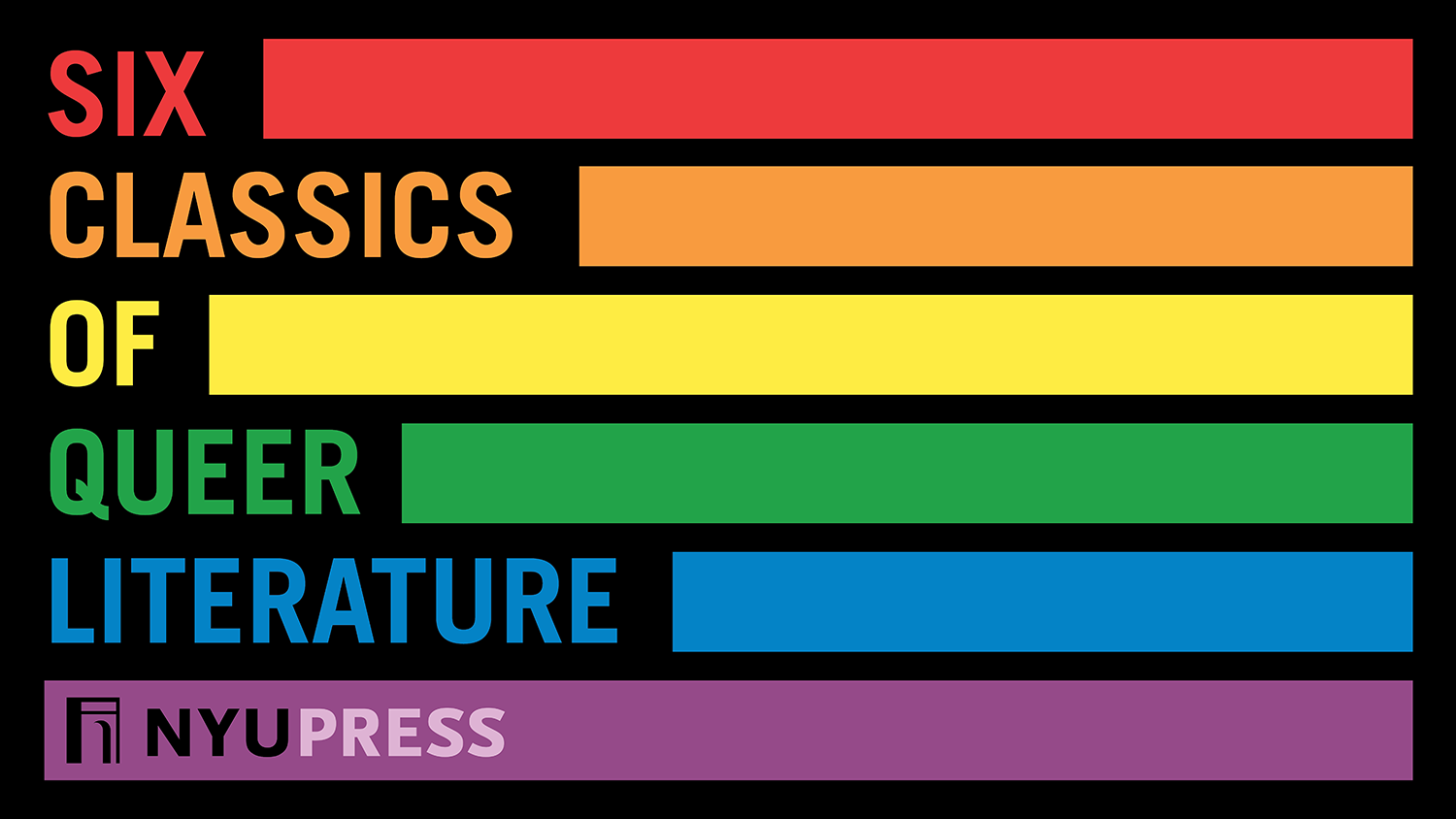This Pride Month, we’re looking back at 163 years of queer literature. The novels included here were first published between 1864 and 1972, and they offer firsthand looks into unique periods of queer life. We’ve also gathered beloved works of queer theory that have helped shape today’s intellectual landscape. From NYC to the Antebellum South, these books reveal how queerness has influenced our country and our culture.
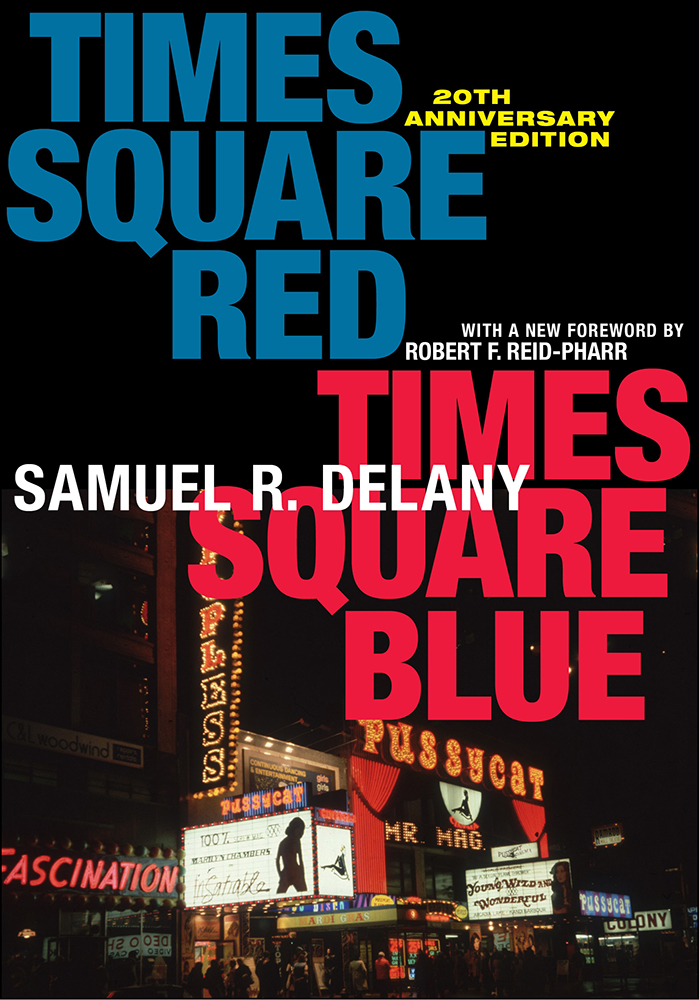
Times Square Red, Times Square Blue
by Samuel R. Delany
Foreword by Robert F. Reid-Pharr
Samuel R. Delaney witnessed the forced disappearance of porn theaters, peep shows, and street hustlers when the city recreated Times Square as a sanitized tourist haven, and his groundbreaking book reads like a love letter to the queer communities that once called Midtown home. This vibrant exploration of a lost NYC neighborhood was called a “classic of queer history” by Jordy Rosenberg in The New York Times.
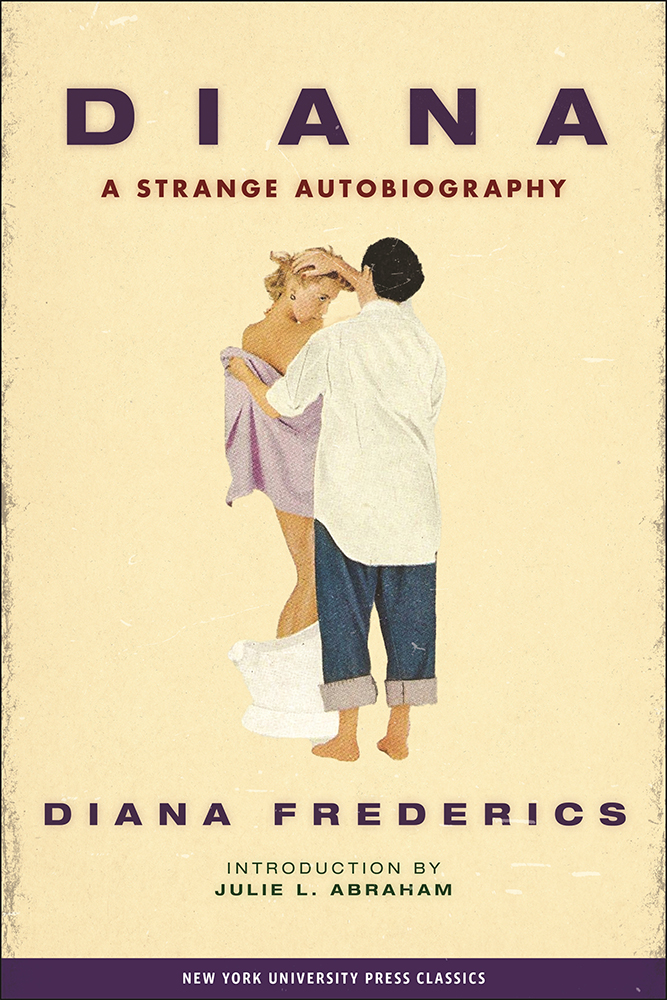
Diana
A Strange Autobiography
by Diana Frederics
Introduction by Julie L. Abraham
First published in 1939, the publisher of Diana said the book was “the autobiography of a woman who tried to be normal.” Almost a century later, Diana Frederics was revealed to be Frances V. Rummell, a writer whose life hardly resembled that of her protagonist. The book can now be read as an early lesbian novel, which follows the classic highs and lows of the genre. Readers will be struck by the book’s defense of lesbian relationships, which was unprecedented in 1939 and radical for decades afterwards.
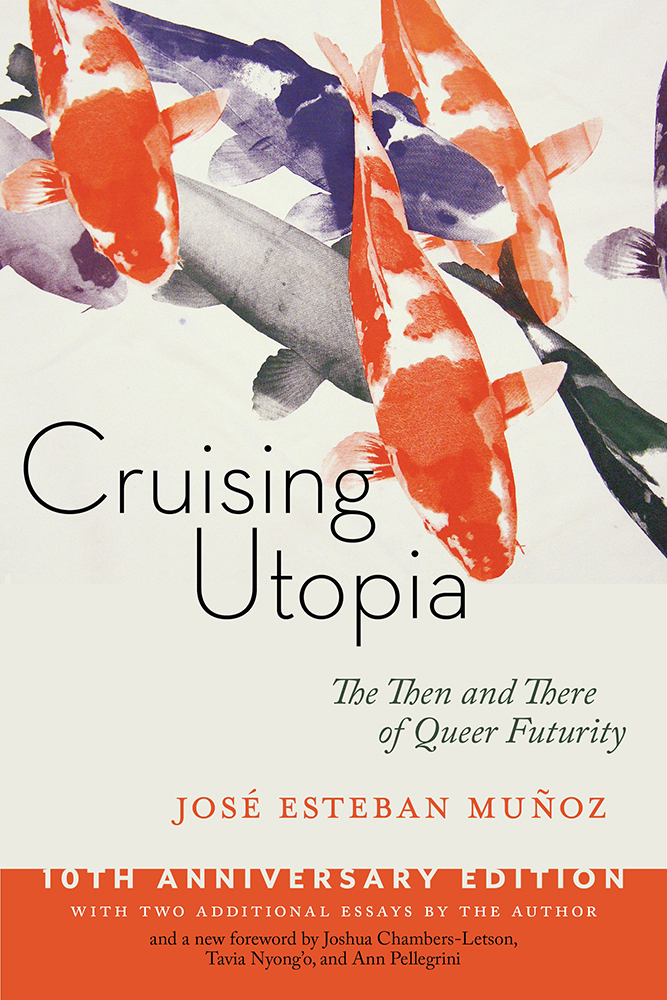
Cruising Utopia, 10th Anniversary Edition
The Then and There of Queer Futurity
By José Esteban Muñoz
Foreword by Joshua Chambers-Letson, Tavia Nyong’o and Ann Pellegrini
With this field-defining work, the late José Esteban Muñoz inspired a generation of LGBTQ scholars to reconsider the meaning of queerness. Rather than focusing on “inclusion” in an oppressive society, Muñoz encourages queer people to strive towards a future that is more just than the here and now. The result is a hopeful, compelling analysis of queerness as a utopian project.
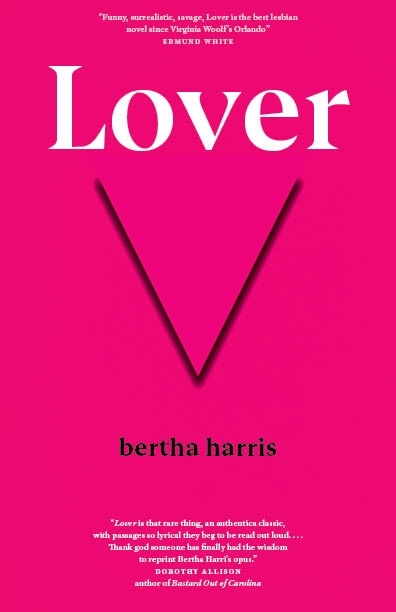
Lover
By Bertha Harris
This landmark work of lesbian literature was called “an authentic classic” by Dorothy Allison, author of Bastard Out of Carolina. The book follows fictional and historical characters who are by turn vulnerable and strong, creating a mosaic of post-Stonewall lesbian life. First published in 1972 to tremendous critical acclaim, Lover was praised by The Washington Post Book World as “a wonder… spellbinding… satisfying,” and The New York Review of Books declared that Harris had “created a woman’s world as relaxed and sisterly and funny as Didion’s is tense and controlled.”
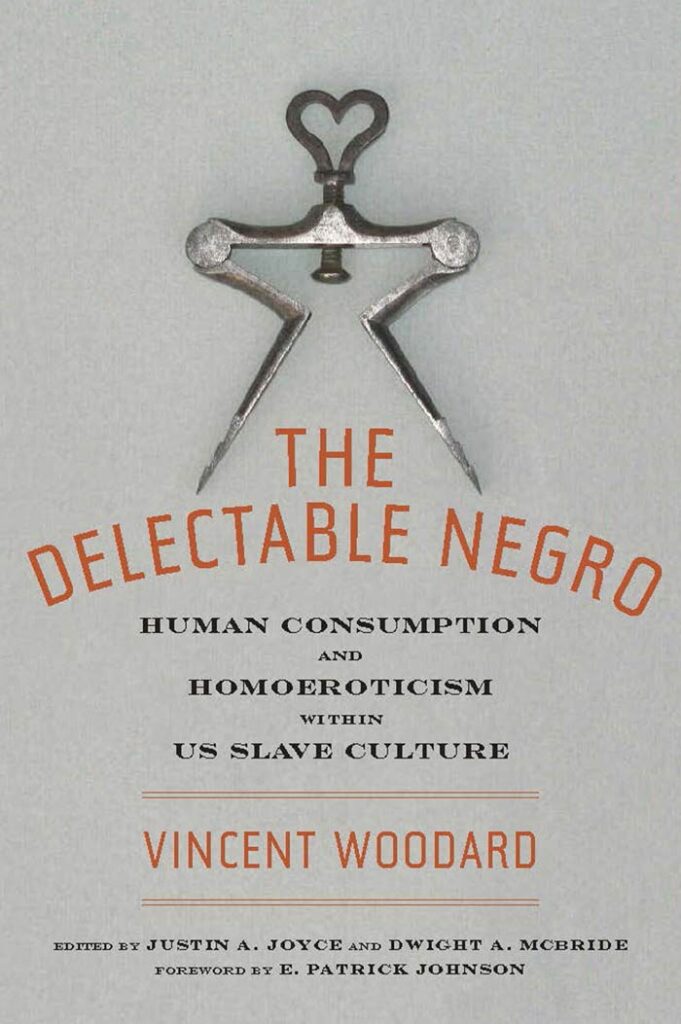
The Delectable Negro
Human Consumption and Homoeroticism within US Slave Culture
By Vincent Woodard
Edited by Dwight McBride and Justin A. Joyce
Foreword by E. Patrick Johnson
Winner of the Lambda Literary Award in LGBTQ Studies, The Delectable Negro uses stories of cannibalism to analyze white people’s arousal towards Black males and hunger for Black male flesh. Scholars of transatlantic slavery have largely dismissed accusations that Black Americans were cannibalized, but Vincent Woodard takes the enslaved person’s claims of human consumption seriously, focusing on both the literal starvation of the slave and the tropes of cannibalism. His work reveals the homoerotic nature of consumption within the context of American literature and US slave culture.
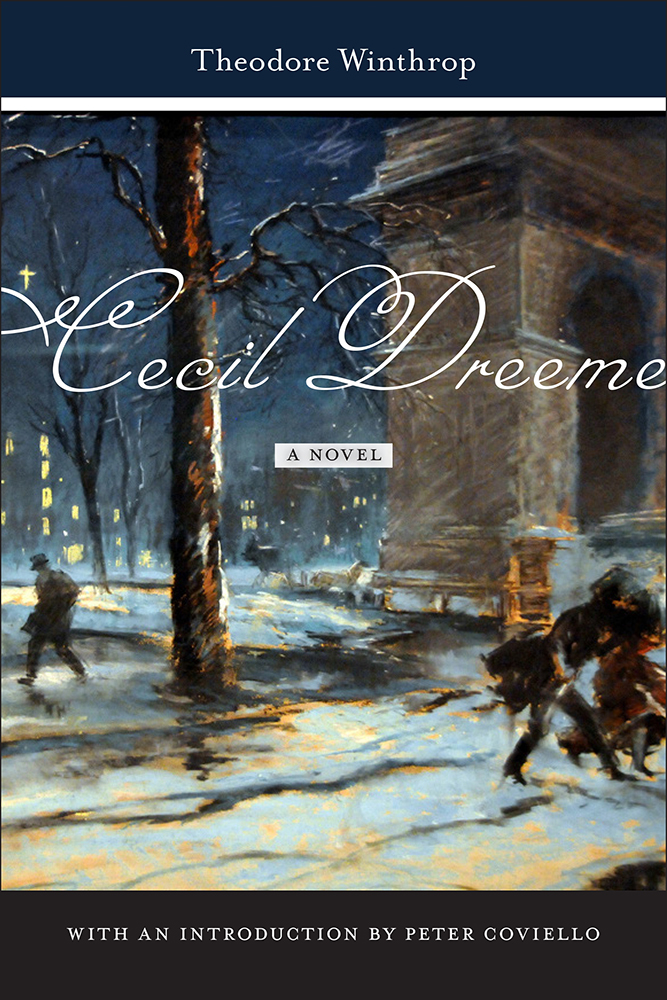
Cecil Dreeme
A Novel
By Theodore Winthrop
Introduction by Peter Coviello
Published posthumously in 1861, Cecil Dreeme is the queerest novel of the 19th century. The gothic romance follows Robert Byng, a young man who moves to Washington Square and becomes infatuated with his neighbor, a young painter named Cecil Dreeme. Even as Robert’s love grows, he’s compelled by the sinister and magnetic Densdeth, a man who seeks to claim Robert as his own. The twisted love triangle changes the young men’s lives forever. Celebrated as “more than a great New York novel” by Public Books, Cecil Dreeme will remind you that queer people have always shaped this city.

